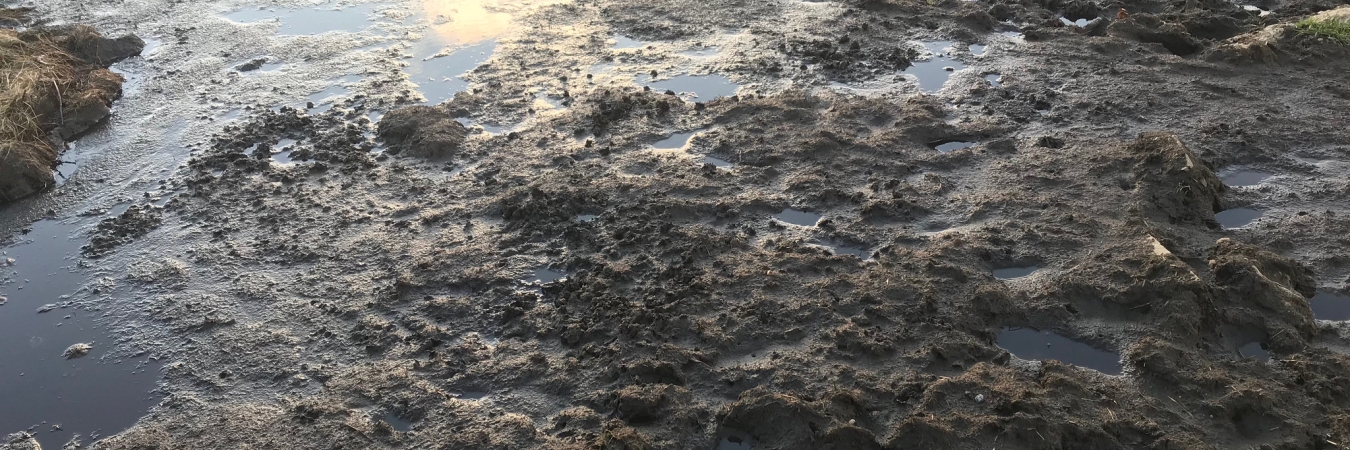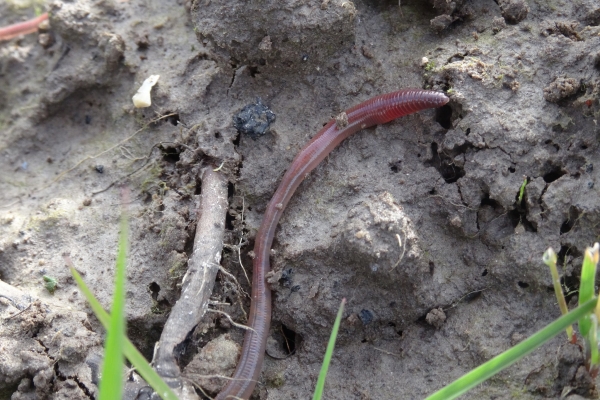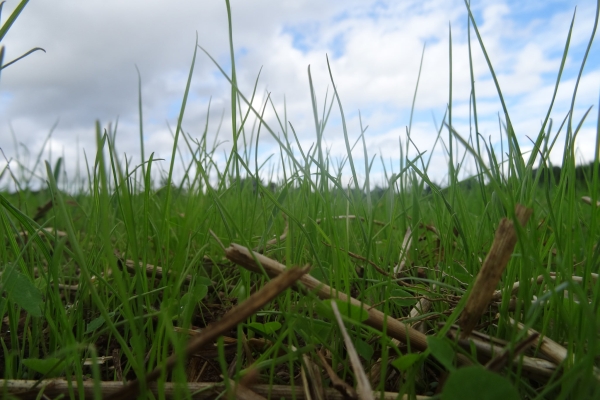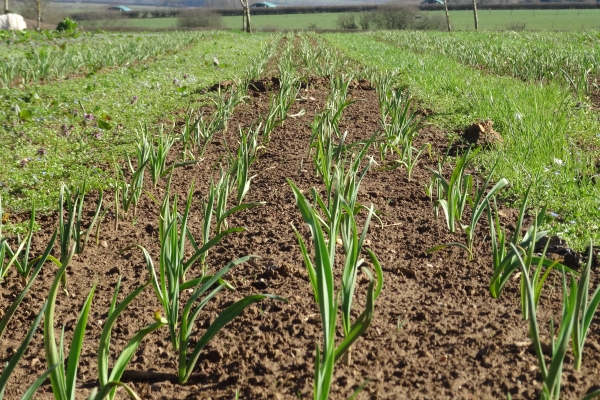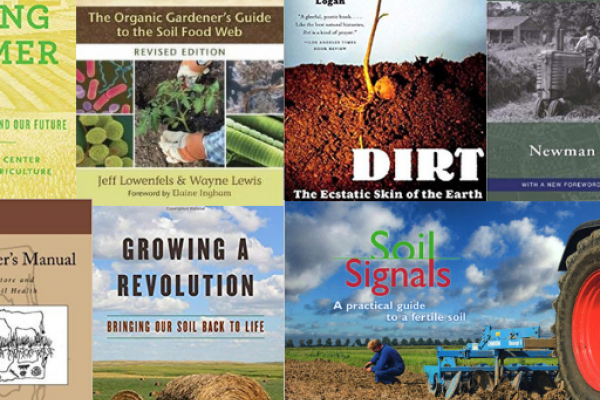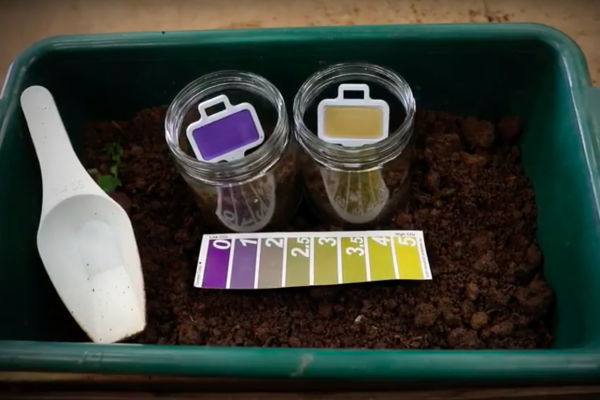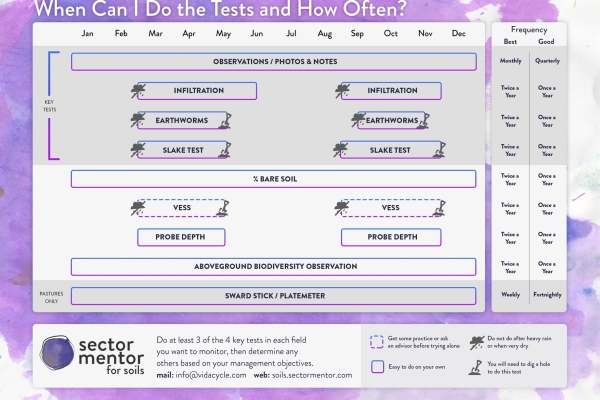Know Your Soils #3: Monitor the impact of water run-off
Resource explained
From the Soilmentor team, this is the third of a twelve part series called ‘Know your Soils’. The series includes practical tips for monitoring soil health and simple tests you can do on your land, in the form of videos and fact sheets. This post, linked above, asks how much topsoil and nutrients do you lose with rain water run-off? The resource highlights a video from the ‘Learning from the Land’ series created by Catchment Sensitive Farming and Innovation for Agriculture. In the video, Matthew Shepherd, Soil Biodiversity Specialist for Natural England, uses the humble tetra pack to show how soil samples from bare soil, arable and permanent pasture fields differ in their water holding capacity. You can also access information on the page that tells you what equipment you would need to carry out the test yourself, and links to other useful information.
Findings & recommendations
- Regular soil testing is helpful to understand how your soil aggregation (crumb structure) changes when a new management practice is put in place.
- Healthy soil with a good crumb structure in the topsoil and subsoil can store a large amount of water and has a high capacity to filter water and for water to penetrate deep into the soil. This gives plants access to water during drier weather, making them more resistant to drought.
- If the soil is poorly aggregated, water will move laterally through the topsoil taking nutrients and earth with it.
- Various farm management practises can help improve soil health and ‘aggregation’ – particularly those which add organic matter to the soil and allow for rapid regrowth of grasses increasing their photosynthesis power and thus soil carbon.
